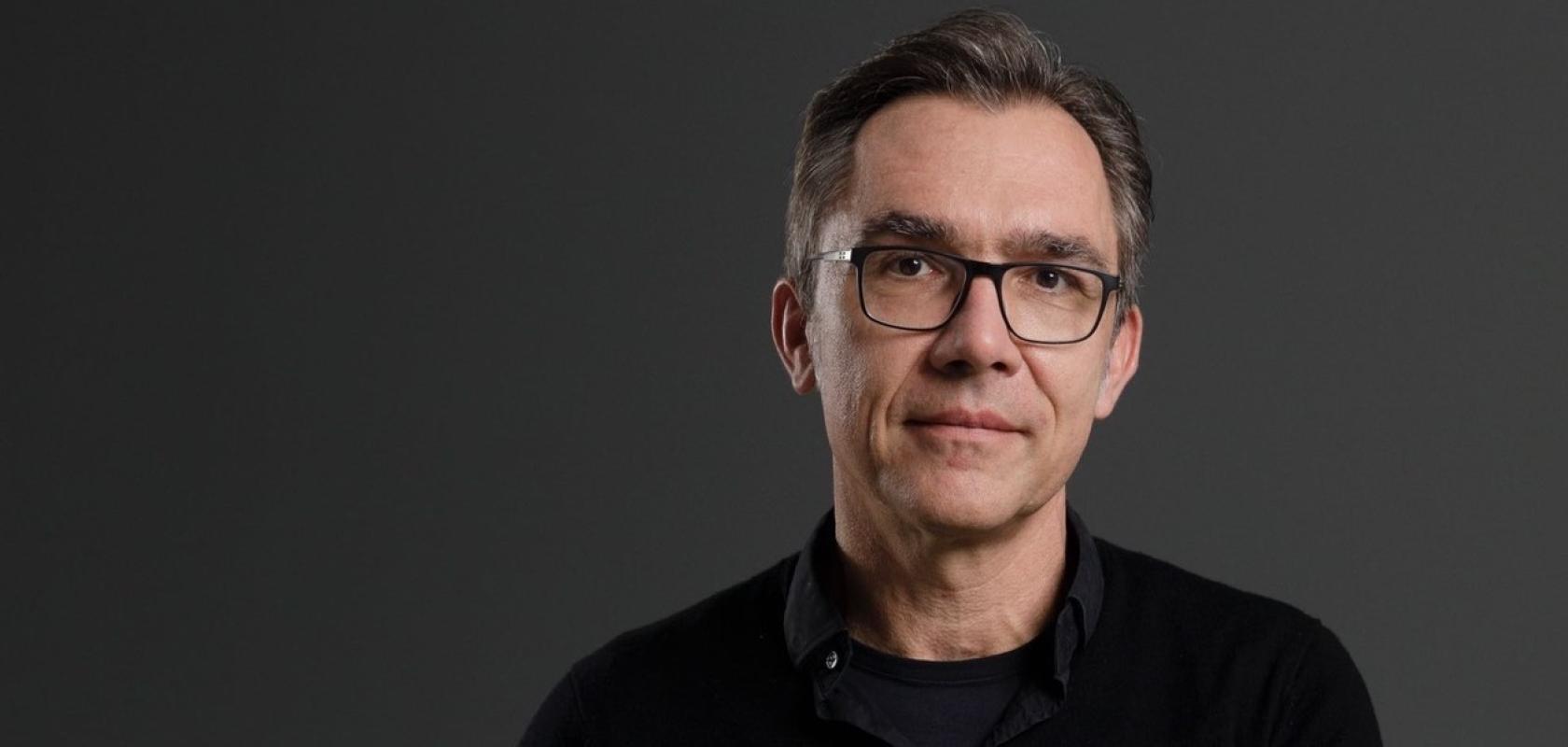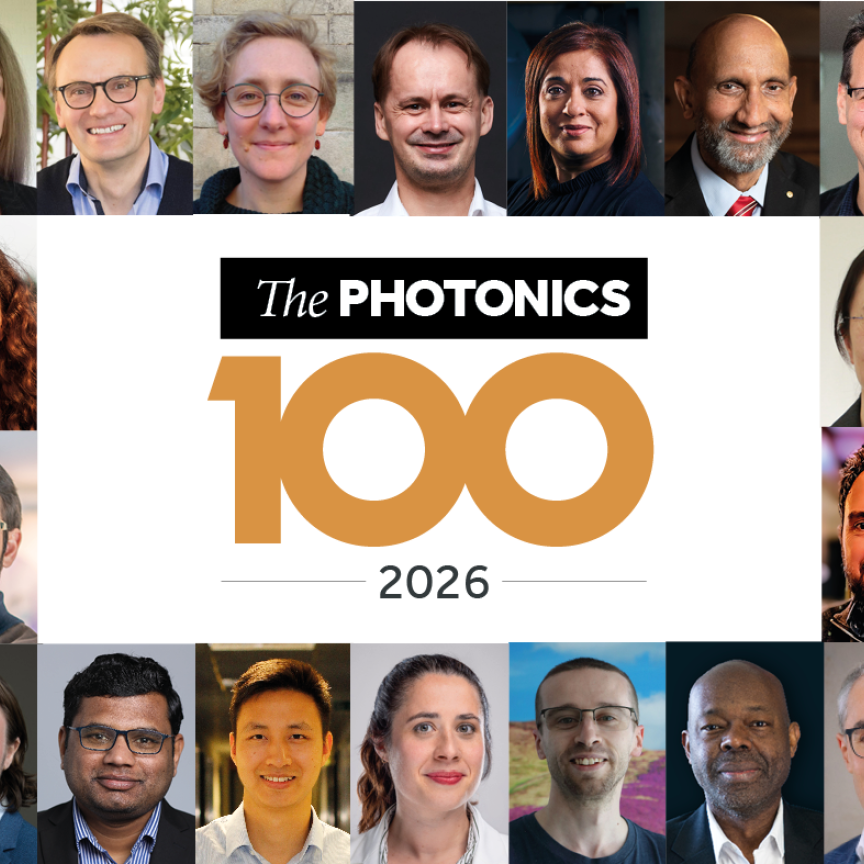Electro Optics talks to previous honoree of The Photonics100, Juergen Popp, Chair for Physical Chemistry and Scientific Director at Friedrich-Schiller University and Leibniz Institute of Photonic Technology, about his work.
What is the next big thing in your area of photonics research?
My area is biophotonics – researching photonic approaches for biomedical applications with a focus on medical diagnosis and therapy. In recent years, we have witnessed rapid growth in the use of photonics with the fantastic possibilities of artificial intelligence for applied clinical diagnosis and therapy. Numerous proof-of-concept studies have been published showing the great possibility of photonics for medicine. The next big step will be translating these approaches into routine clinical applications. This translation will be also the biggest challenge over the coming years.
What do you think the biggest challenges in your area will be over the next year?
A particularly great challenge in the coming years will be simplifying and shortening the path of technological innovations into clinical routine. Translating biophotonic research results faces major challenges, especially with regard to the EU Medical Device Regulation (MDR) for translational research. Currently, the regulation makes it significantly more difficult – or impossible – to test biophotonic approaches on patients in the form of preclinical or clinical studies.
Numerous photonic technologies have proven their potential for certain diagnostic and therapeutic questions in proof-of-principle studies, but the actual performance has not yet been demonstrated under routine clinical conditions in the form of comparative studies on a large cohort of patients. Here, funding for such validation studies is urgently needed to generate a marketable product. It only makes economic sense for the industry to support a biophotonic proof-of-concept approach if there is a regulation-compliant study on a large cohort of patients that clearly demonstrates the added value.
What such translational research could look like in concrete terms is demonstrated by the Leibniz Centre for Photonics in Infection Research (LPI), which was recently included in the national roadmap of research infrastructures by the German government. Within the framework of the LPI, diagnostic and targeted therapeutic light-based approaches will emerge through the combination of photonic methods with infection research, which, after appropriate approval, will be transferred directly to industrial production and clinical application.
A central element within the framework of the LPI are technology scouts who, at the beginning of the value chain, work together with clinicians to identify precisely fitting photonic solution approaches that have already successfully proven their potential in proof-of-concept studies for specific medical issues. LPI can thus serve as a blueprint for other medical problems, such as cancer or neurodegenerative diseases, to overcome the Valley of Death of clinical translation in these areas as well.
What is the biggest personal challenge you have overcome?
What fascinates me about the field of biophotonics and optical health technologies is the interdisciplinarity. Interdisciplinary dialogue and collaboration are essential prerequisites here. That’s why I’m pleased that in recent years we have succeeded in collaborating with researchers and engineers from various disciplines such as chemistry, physics, computer science, medicine, medical technology, biology and pharmacy. In highly effective interdisciplinary teams, we are jointly pursuing the vision of bringing our research results in the field of optical health technologies to market as quickly as possible for the benefit of patients. This is a long and rocky road, but one that is definitely worth taking.
What advice would you give to someone embarking on a career in photonics research?
My advice to young scientists is not to be deterred by the long and often arduous and rocky road that an academic career entails. From my own experience, I can say that all these efforts are worth it. Working as a Professor is a dream job. In addition, you should always be open to what comes next. Many things simply cannot be planned.
The advice I would give to someone embarking on a career in biophotonics or medical photonics is not to hide in an optics lab and to work alone on a special problem. The worst you can do is research a photonic approach for a medical problem which does not exist. Always get a medical doctor or life science scientist – the end user of the photonic approach you’re researching – involved in your research from the very beginning.
This is a lesson we also had to learn at the beginning. Biophotonics is so fascinating for me because it tackles real applied problems, such as unmet medical needs. Thus, I certainly get satisfaction out of my research by publishing it in high-impact journals but that alone is not satisfying for me. I would like to see my photonics research used in clinics. Thus, I term this applied basic research and the applied aspect is for me the biggest motivation. Therefore, my advice to young scientists is to search together with e.g. clinicians for an unmet medical need that can be solved by photonics.
Who has been the biggest help to you in your career?
First of all, I would like to thank my family – my wife and our four children. They are my home and the foundation of my entire career. Furthermore, I would also like to mention my scientific mentor Professor Wolfgang Kiefer Wolfgang, who gave me the opportunity to pursue my own scientific career at his chair as part of my doctorate and post-doctorate. He supported me and gave me the freedom to advance my own research. Besides research, I also learned a lot about science management from him. I am very grateful to him for making it so easy for me to start my own scientific career; even today he always has an open ear and gives valuable advice.
Who, in your opinion, are the up-and-coming R&D ‘rock stars’ in your area or organisation?
This is very difficult for me to answer because there are many research groups and researchers worldwide that are working very successfully in the field of bio or medical photonics. The same holds true for my own organization the Leibniz Institute of Photonic Technology.
I am happy and very privileged to work with many talented scientists as the scientific director of this Leibniz Institute. It would not be fair to call just one of them a rock star. We at the Leibniz Institute for Photonic Technologies are more like a biophotonics rock band, and everyone is an extremely valuable member.
You can make your nomination for The Photonics100 2024 here.



